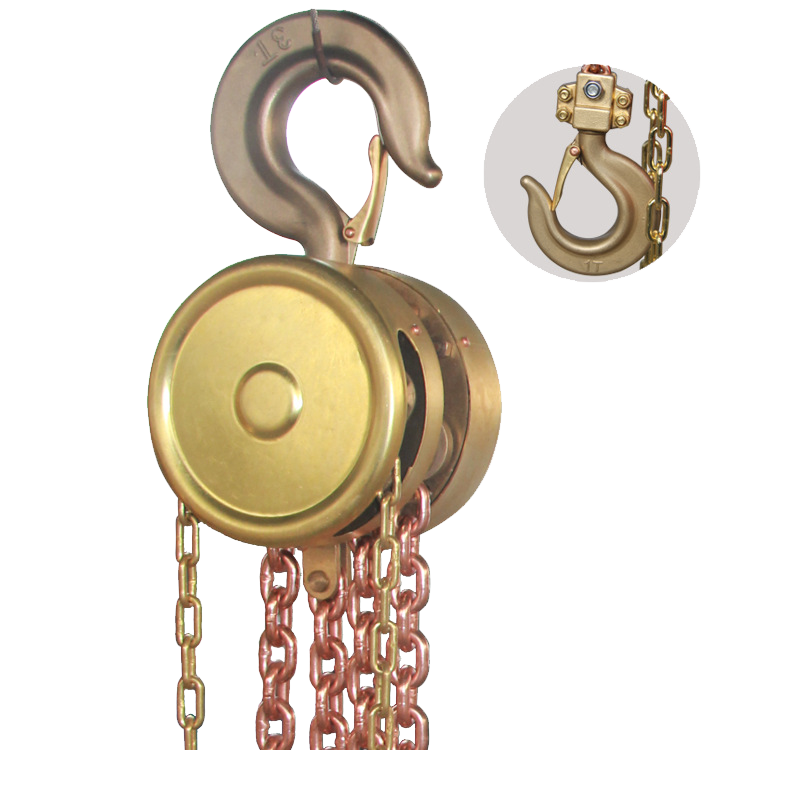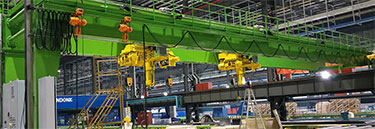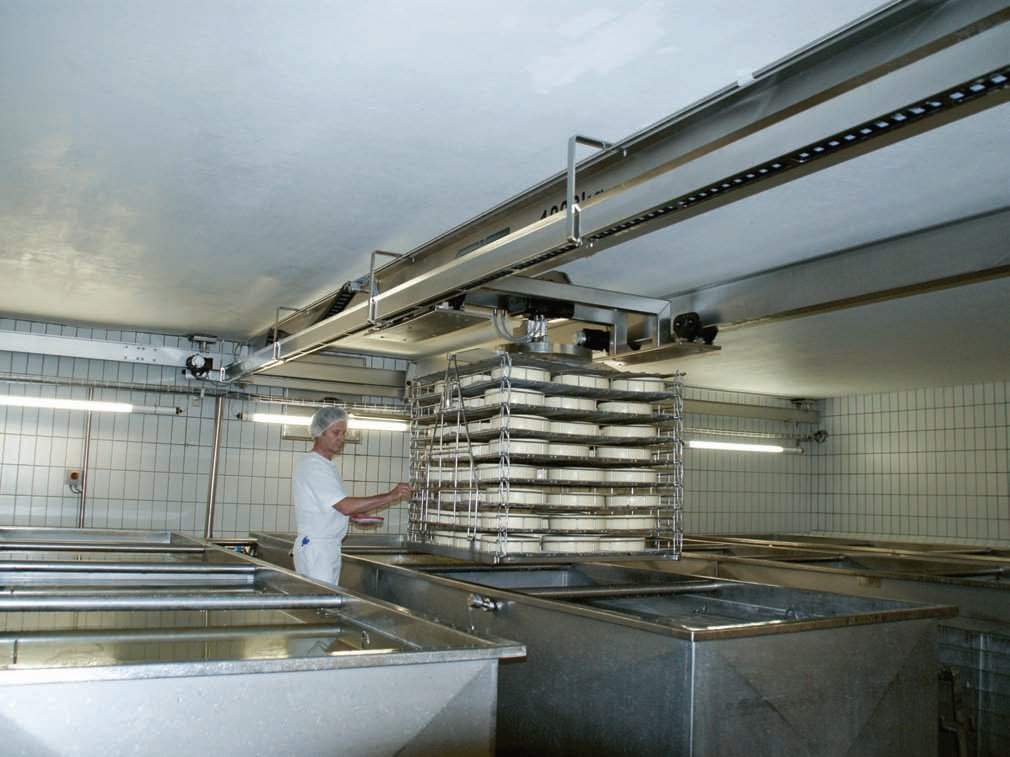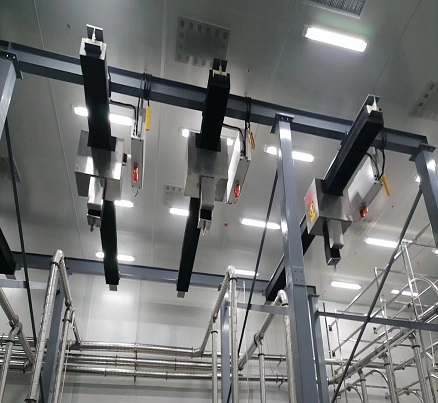
| How Does Stainless Steel Crane Avoid Explosion? Hazardous Environment Hoists
Stainless steel cranes can be used in ammable and explosive environments due to their non-sparking properties. But why? Stainless steel is a non-ferrous metal that does not contain carbon, which means it cannot create sparks through friction or impact. This makes stainless steel hoists ideal for use in hazardous environments where even the smallest spark could ignite ammable materials. For example, in oil or gas extraction, in mining and in dust environment.
When it comes to explosion-proof crane hoists, there are several key characteristics that are essential to ensure safe operation.
The first of these is the absence of carbon in the material. Carbon can generate sparks during operation, which can lead to explosions if ammable gases or dust are present in the environment. Therefore, explosion-proof crane hoists should be made of non-carbon-based substances such as low carbon stainless steel, beryllium bronze and aluminum bronze. Thus, a stainless steel jib crane is an ideal option for lifting in dusty environment.
Secondly, explosion-proof hoists should have high thermal conductivity and be able to withstand high temperatures. This is because some industrial processes generate a lot of heat, and the materials used must be able to handle these conditions without breaking down or melting. For example, certain types of metals like bronze and aluminum have excellent thermal conductivity and are often used in explosion-proof equipment.
 Lastly, explosion-proof hoists should have a certain degree of flexibility to ensure that no metal chips or debris will be dropped during working. To prevent this from happening, explosion-proof materials should have a certain amount of elasticity or ductility to avoid chipping or cracking.
Lastly, explosion-proof hoists should have a certain degree of flexibility to ensure that no metal chips or debris will be dropped during working. To prevent this from happening, explosion-proof materials should have a certain amount of elasticity or ductility to avoid chipping or cracking.
Meanwhile, stainless steel is far more reactive to oxygen than metal material. The benefit of the stainless oxidation ('rust') is that it is hard and forms a barrier blocking any further oxidation — oxidation that could sluff off and contaminate the clean room like iron rust does.
Overall, stainless steel and beryllium bronze have their own strengths, they are vary in price, stiffness, flexibility, corrosion resistant, conductivity, etc. If you have a specific needs for ATEX hoists, contact us to get more details! We are standing by to assist you for the specific applications. Looking forward to your inquiry!









